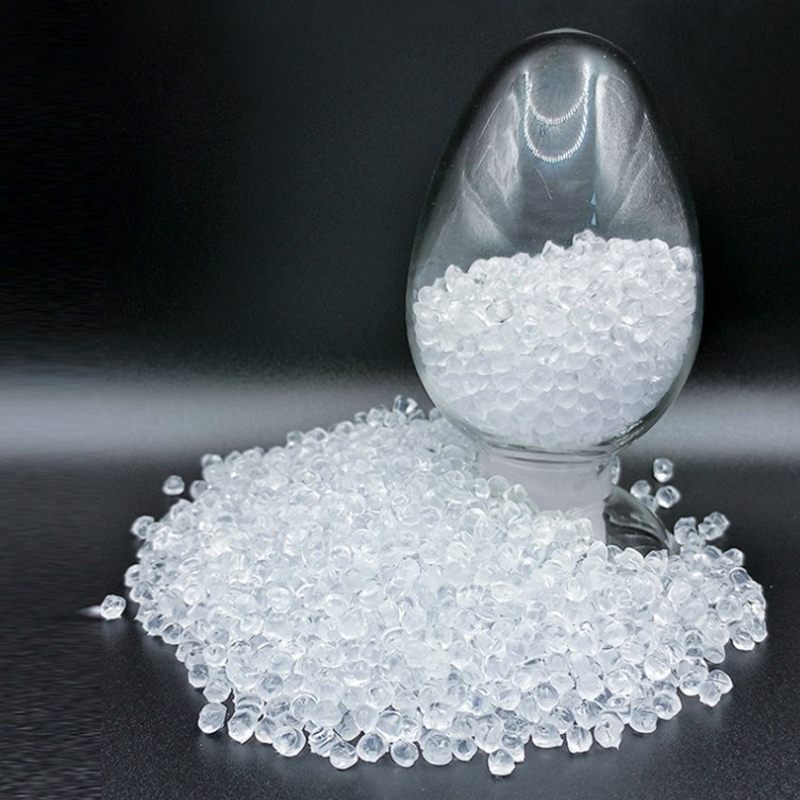-
Categories
-
Pharmaceutical Intermediates
-
Active Pharmaceutical Ingredients
-
Food Additives
- Industrial Coatings
- Agrochemicals
- Dyes and Pigments
- Surfactant
- Flavors and Fragrances
- Chemical Reagents
- Catalyst and Auxiliary
- Natural Products
- Inorganic Chemistry
-
Organic Chemistry
-
Biochemical Engineering
- Analytical Chemistry
-
Cosmetic Ingredient
- Water Treatment Chemical
-
Pharmaceutical Intermediates
Promotion
ECHEMI Mall
Wholesale
Weekly Price
Exhibition
News
-
Trade Service
Chloroprene, also known as poly(2-chlorobutenylene) or CR, is a synthetic rubber that is widely used in the chemical industry.
It is produced through a multi-step process that involves the reaction of isobutylene and chlorine.
In this article, we will take a closer look at the production process of chloroprene and the various steps involved in it.
Step 1: Isobutylene Production
The first step in the production of chloroprene is the production of isobutylene.
Isobutylene is a colorless gas that is obtained by the reaction of butane with hydrogen in the presence of a metal catalyst.
The reaction is known as catalytic isomerization and it produces a mixture of isobutylene and normal butylene.
The isobutylene is then separated from the mixture using distillation.
Step 2: Chlorination of Isobutylene
The next step in the production of chloroprene is the chlorination of isobutylene.
This is done by reacting isobutylene with chlorine gas in the presence of a metal catalyst.
The reaction produces chloroprene as well as small amounts of other chlorinated compounds.
Step 3: Purification of Chloroprene
The chloroprene produced in the previous step is usually impure and contains other organic compounds.
It is therefore necessary to purify the chloroprene before it can be used in the production of chloroprene rubber.
This is done by distillation, which separates the chloroprene from other impurities.
Step 4: Polymerization of Chloroprene
The purified chloroprene is then polymerized to produce chloroprene rubber.
This is done by heating the chloroprene in the presence of a catalyst, such as zinc oxide, at a high temperature.
The polymerization reaction results in the formation of long chains of chloroprene, which imparts the properties of elasticity and resistance to chemicals to the final product.
Step 5: Vulcanization of Chloroprene
The final step in the production of chloroprene rubber is the vulcanization of the polymer chains.
This is done by heating the chloroprene rubber in the presence of a vulcanizing agent, such as sulfur or a peroxide, and a reinforcing agent, such as silica or carbon black.
The vulcanization process causes the polymer chains to crosslink, resulting in a strong and durable material that is resistant to heat, oil, and other chemicals.
Overall, the production process of chloroprene involves several steps that require careful control and monitoring to ensure the production of high-quality rubber.
The purity of the starting materials, the reaction conditions, and the polymerization and vulcanization processes must all be carefully controlled to produce a final product that meets the required specifications.
The result is a synthetic rubber that is widely used in a variety of applications in the chemical industry.







